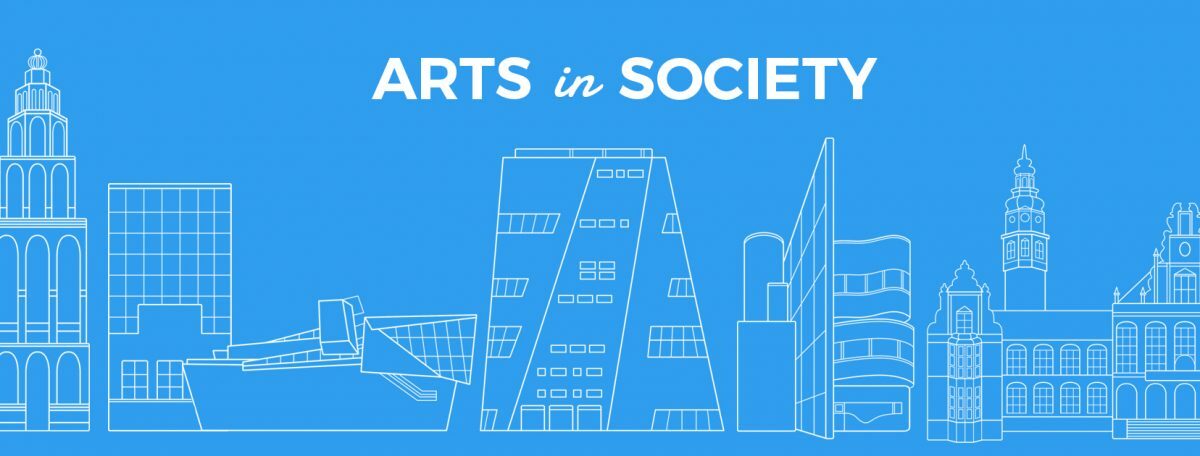by Carmen van Bruggen
‘It is time to see, to make visible and bring alive the moving bodies of a culture’
Boris Charmatz in Manifesto for a Dancing Museum.
She wears dirty sneakers, blue Adidas sweatpants and a simple grey t-shirt. Her outfit, however, reveals nothing of the styles she dances: Russian Folkdance and ballet. It has a brilliant effect, the banging of her sport shoes on the museum floor, while she plays both the male and female roles of classical pieces. Of course she is a contemporary dancer. She does whatever she wants. She mixes styles, appropriates any role and enjoys the absence of any clear dance rules.
Olga Dukhovnaya was one of the ‘20 Dancers for the XX Century’, a project by dancer and choreographer Boris Charmatz. For one day Museo Reino Sofia in Madrid was turned into a dancing museum. The set-up was very simple: twenty dancers restaged iconic dance pieces from the twentieth century throughout the museum. Right after the performance the dancers themselves – still out of breath – explained historical details and sometimes elaborated on interpretations.
Fascinating about exhibiting dance in a museum is that it disturbs all categories of the classical museum space. It brings noise instead of quietness, moving bodies instead of objects and immersion instead of an analytic gaze. This was particularly the case when one of the dancers, Raphaëlle Delaunay, was swinging around one of the palm trees in the Marcel Broodthaers exhibition. She seemed fully aware that she violated the museum rule not to touch anything. And the guards seemed to realize that they shouldn’t interfere this time because she was the artwork herself.
Not only is the museum space changed by the act of dancing, the reverse is true as well. Professional dance is usually accompanied by a good sound installation, spotlights and comfortable chairs. Its home is the theatre: a dark place in which everything contributes to the feeling of immersion. To show dance in ‘the naked daylight’ also means detracting some of its magic. The audience can see each other just as easily as they see the dancer. Also they are free to walk away from it, if they do not like the piece. For Tino Sehgal – the world’s most successful museum choreographer – this is precisely what makes the museum an interesting context for dance. In contrast with theatres that are opened at night and surrounded by an atmosphere of leisure and relaxation, museums are visited during daytime. They seem to have a more serious and intellectual status in our society. By staging a dance performance in a museum, Sehgal seems to say: please take these bodily movements just as serious as you take these art objects.
By occupying such an important art institution as the Reina Sofia, 20 Dancers for the XX Century claimed, for a moment, the same intellectual space as modern art. But what does it mean, to make dance intellectual? Charmatz writes in his Manifesto for a Dancing Museum that a dancer is ‘someone who knows that his body is worked upon by the work of many others, the body of his parents, the body of his teachers, the entire body of society’. By looking at a dancer, we can learn about the many things that influence the way we move: supermarkets that unconsciously direct us from product to product, fear or insecurity that hinder us from moving freely, or gendered conceptions that generate certain body positions. The body of the dancer might not only make us aware of these forces, but also shows alternative body postures.
While the dance itself may be the greatest enjoyment at the very moment of the performance, artists such as Sehgal and Charmatz convincingly show us the potential of dance to help us reflect. In a society where advertisement constantly pulls our body in every direction, I think we should warmly welcome the dancing museum – a place where we can reflect extensively upon the way we move and how our movement is formed and influenced by our surroundings.

